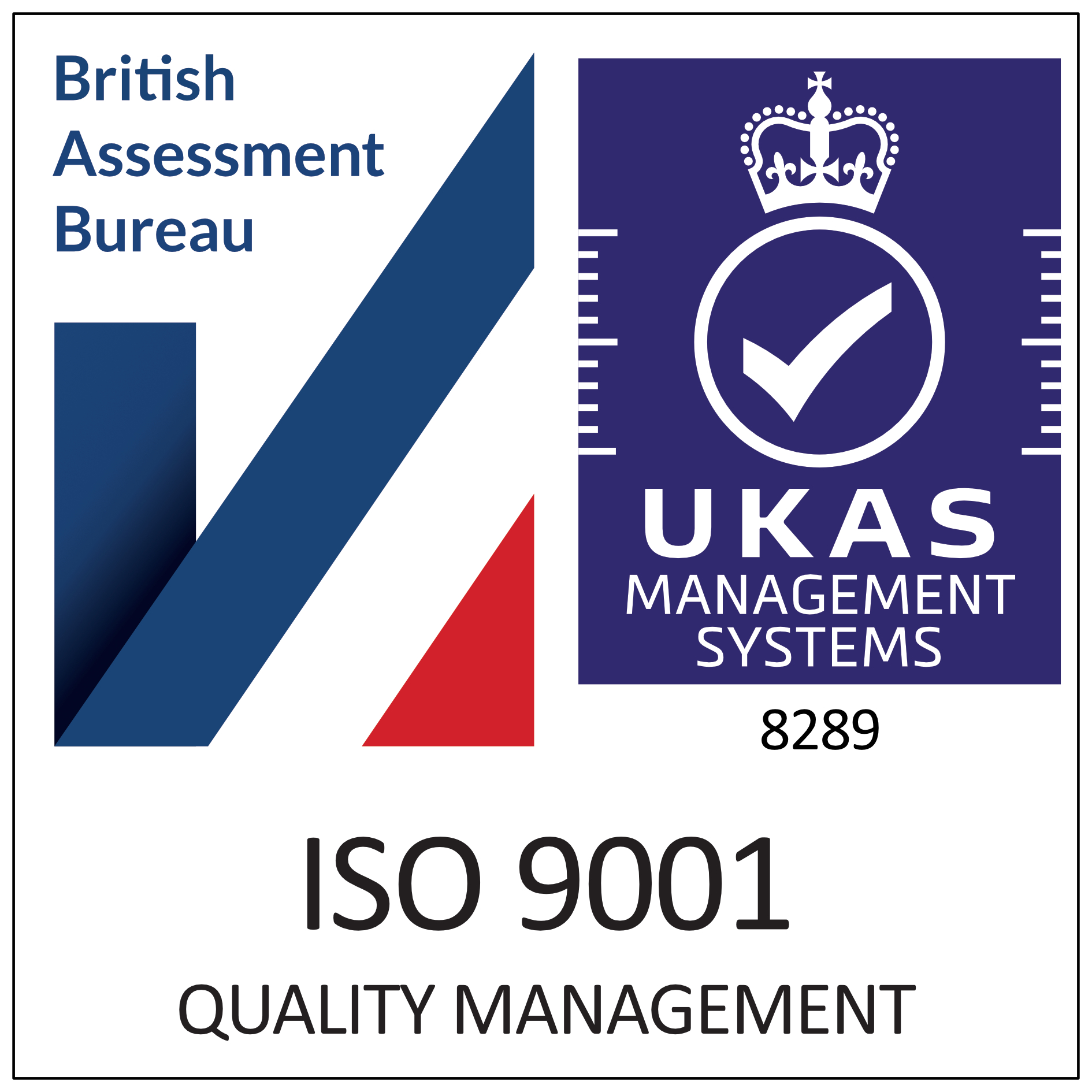Have you ever stopped to think about why the screws that we use in window and door manufacturing have a variety of different head designs?
For most windowmakers, as long as the fastener does its job that’s all we need to concern ourselves with. But understanding why the fastener heads are designed the way they are, and for what purpose, is good to know, especially if you are suddenly asked to help with a new product development or source a fastener for a piece of hardware you have never used before.
In this article we will explain why there are several different types of heads for the fasteners in the UK and Ireland’s most widely used range of window and door screws – the StarPVCU range from Rapierstar.
Is a flush finish needed or possible?
The most obvious difference in the screws within the StarPVCU range is that some are flat headed for countersinking and others are designed with a pan head.
But what are the main reasons for these two different styles?
Key benefits of countersunk window screws:
- The screw head sits flush with the surface you are fast
- No fastener head is visible when installed so it looks discreet
- Provides a reliably tight fit in the right applications
Advantages of pan head window screws:
- Provides the most secure clamp when fastening to flat surfaces
- Neat finish
- Only viable option for certain types of hardware that is not designed for countersunk screws
So, although these two different screw head designs ultimately achieve the same aim – to attach one item to another – there are good reasons why we need both types. And it is important not to mix them up!
Different types of countersunk window screws
The StarPVC range includes three different types of countersunk, flat headed screw:
C – Countersunk Standard
R – Countersunk Ribbed
F – Countersunk Faceted
But why three different types? The vast majority of countersunk window screws in the StarPVCU range are in fact the standard “C” type. The “R” ribbed, and “F” faceted screws differ because the under-head is designed with additional features.
Both the ribbed and faceted styles are designed to help cut into the PVC-U profile as the screw is inserted. This helps to ensure the countersunk hole is sufficient for the screw to sit flush with the surface once it is fully inserted. It is not usually a problem with standard countersunk screws, but in certain applications such as for reinforcement retention, it can help.
Pan head screws
The pan head screw is easy to spot as it looks like an upside down frying pan. Unlike a traditional round headed screw, the pan head has a flat top which means it does not protrude as much.
A pan head is flat on the underside which is one of the reasons why it achieves a greater clamping force when attaching flat items like a friction stay. But there are also some types of pan headed window screws that feature serrations on the underside of the head which could help achieve a clamp that is less prone to loosening over time through vibration. This is because the serrations ‘lock’ into place slightly, making it harder for the screw to work loose.
In PVC-U window manufacturing, the pan headed screw is crucial for attaching certain types of hardware, particularly friction stays. This is because a countersunk screw cannot be used in situations where (a) the thing you are trying to attach will not properly accommodate the shape of the head, or (b) there is insufficient profile cavity to fix into.
The shallow pan headed screw – the LFG
Despite pan headed screws being as low profile as possible, they can be problematic with some types of friction stays.
The motion of the friction stay arms during opening and closing can result in the head clashing with the gearing, which over time can result in both items becoming damaged. This can become a problem for the homeowner or tenant who may then find the opening and closing function of the window difficult or even impossible.
The solution developed by Rapierstar is the shallow pan LFG. This has a lower protrusion from the surface which slightly increases the clearance for the friction stay – this is particularly effective for friction stays which feature a button for egress.
Head types and fastener codes

Every fastener code will tell you which type of head the product features, so you can always be sure you are ordering the right products. These codes are used in all Rapierstar Recommended Fixings Manuals (RFMs) too, so it is easy to cross-reference.
It is the first letter in the code:
C - Countersunk
S – Shallow pan
R – Ribbed countersunk
F – Faceted countersunk
P – Pan
So, for example, a where you see the code “CSR 3.9 x 25 Z”, the C at the start tells you it is a countersunk screw. And the code “PSR 4.2 X 13 Z” means it is a pan headed screw.
Find out more
If you have any questions about fastener design or technical queries about which fasteners to use throughout a PVC-U window or door assembly, we can provide specialist advice to help. Please get in touch using our Contact Us page.
This email address is being protected from spambots. You need JavaScript enabled to view it. Technical & Marketing Manager at Rapierstar Tweet to @andyhol1







